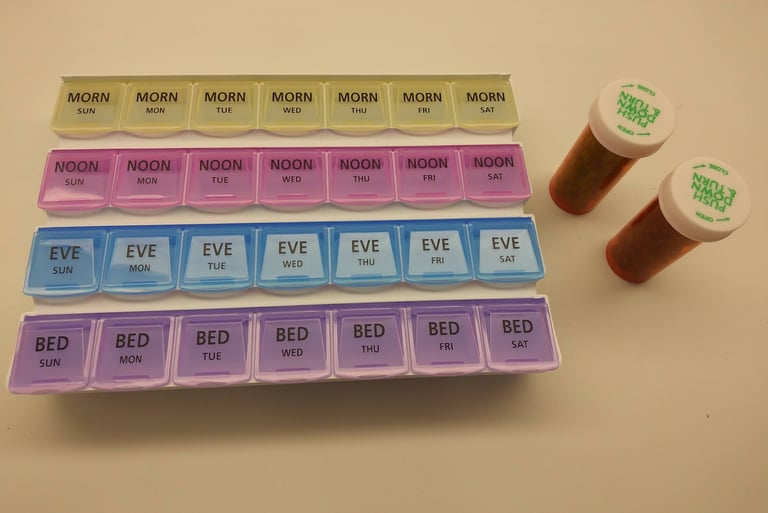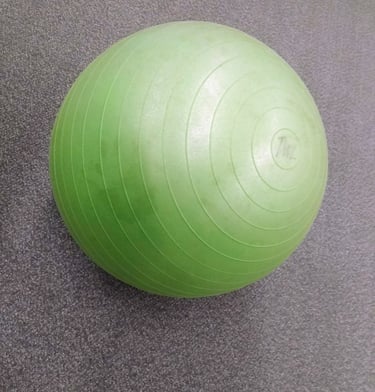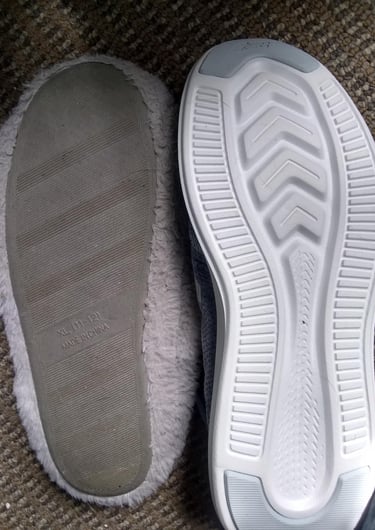Preventing Falls
Falls are a very serious issue that can cause serious injury, require someone to move out of their home or even result in death. Read on to learn about some proactive ways to try and help prevent falls
Amanda La Bonte, OTD, OTR/L, BCG, ECHM, CEAS
3 min read
Though anyone, of any age can fall, older adults are especially vulnerable with one in five falls resulting in serious injury (Alexander, Rivara, & Wolf, 1992; Sterling, O'Connor, & Bonadies, 2001). Many conditions, which are often more common in older adults, such as balance and strength deficits, decreased vision, medication interactions, and vitamin D deficiency can increase a person’s risk for falls. Additionally, environmental hazards and individual behavior can play a major role. Solutions that address multiple areas of concern are considered most effective in fall prevention.
Thankfully, there are many things that can be done to prevent falls. In addition to the recommendations below also consider the importance of getting guidance from a professional experienced in fall prevention such as our organization, Independent Anywhere.
Balance and Strength Training
Poor balance and decreased lower body strength can greatly affect your safety when moving around in your environment. Training to improve your balance and strength can also increase your safety when reaching for items and navigating things like stairs. Community exercise classes such as Tai Chi or Better Bones and Balance have also been shown to be really beneficial.
Home Modifications
Many studies have demonstrated the value of home modifications, or changes made to the home environment that increase independence and safety, in reducing falls. Simple modifications such as removing clutter from walkways, re-arranging furniture to allow for more space, improving lighting in the home, moving or securing electrical cords and throw rugs, and using a non-slip mat in the shower can make a difference. Many homes will require the skills of a trained professional (that’s us!) to complete a more in-depth assessment, recommend, oversee, and assess effectiveness of more significant modifications.
Medication Review
Certain medications have side effects that can increase your risk for falls. In particular, some blood pressure pills, muscle relaxers, anticholinergics, psychoactive medicines, and even antihistamines can cause symptoms such as blurred vision, sedation, dizziness, and confusion (Stopping Elderly Accidents, Deaths, & Injuries, 2017). Talk with your doctor and pharmacist to learn more about the medications you take and whether they can contribute to an increased risk of falls.
Wear Non-slip Footwear
Some floors are slippery or can become a slip hazard when something is spilled. Therefore, it is important, especially for older adults who are at greater risk to be injured by a fall, to wear non-slip footwear. Shoes are considered non-slip when they have a sole that grips well to the floor and supports the back and sides of the foot (so the foot does not slide around).
Slippery vs. non-slip soles example. Slipper on the left doesn't provide adequate grip to prevent fall. Sneaker sole on the right provides the grip needed to help prevent falls
References
Alexander, B. H., Rivara, F.P., & Wolf, M.E. (1992). The cost and frequency of hospitalization for fall–related injuries in older adults. American Journal of Public Health, 82(7), p. 1020–1023. Retrieved from http://ajph.aphapublications.org/doi/pdf/10.2105/AJPH.82.7.1020
Sterling, D. A., O'Connor, J. A., & Bonadies, J. (2001). Geriatric falls: Injury severity is high and disproportionate to mechanism. Journal of Trauma–Injury, Infection and Critical Care, 50(1), p. 116–119. Retrieved from https://ubmm.med.buffalo.edu/uploads/DH22/Geriatric%20Falls_Injury%20Severity.pdf
Stopping Elderly Accidents, Deaths, & Injuries. (2017). Fact sheet: Medications linked to falls. Centers for Disease Control & Prevention. Retrieved from https://www.cdc.gov/steadi/pdf/STEADI-FactSheet-MedsLinkedtoFalls-508.pdf






